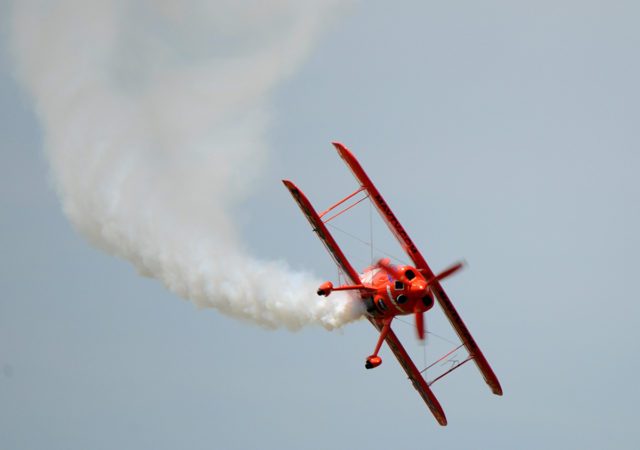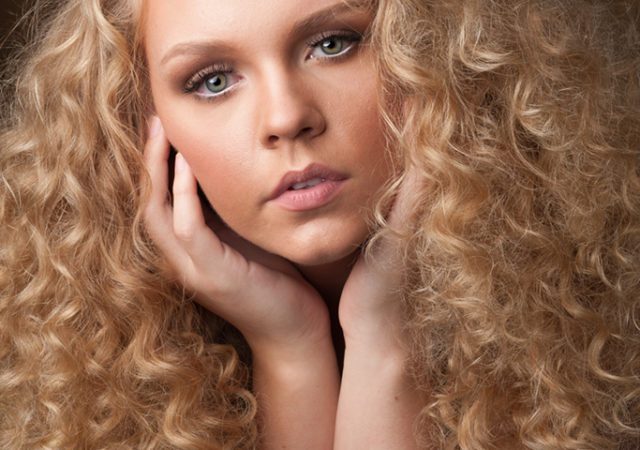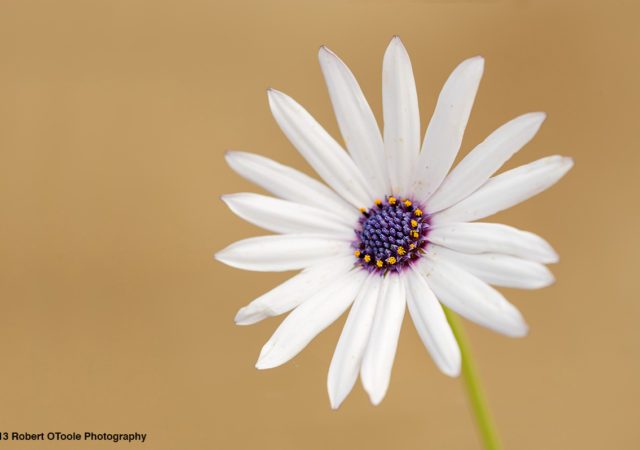The World of Outlaw Late Model Series came to Weedsport Speedway in Upstate New York on June 23rd. A few weeks earlier I photographed the wedding of one of the series’ top drivers, Tim McCreadie, so this was a perfect…
Tips & How-Tos
Great advice on photography from leading voices. From the photo studio to the farthest reaches of the globe, learn about gear selection, lighting, shooting techniques, editing, and more.
The Perfect Air Show Lens: Sigma 150-600mm F5-6.3 | Sport
I was about 13 years old when I saw the USAF Thunderbirds air demonstration team for the first time. I knew at that moment that I wanted to be a fighter pilot, but alas, it was not meant to be. My eye sight wasn’t 20/20, which back in the 80’s meant that I was ineligible. Nevertheless, my passion for flight never dwindled and I make it a point to see every air show that I can. At this years Rochester International Air Show, I had the opportunity to photograph the Navy’s Blue Angels with Sigma’s 150-600mm Sport lens. Could this lens possibly be the best lens ever to photograph an air show?
The SIGMA 10-20mm F3.5 EX DC HSM for Outdoor Action Photography
Editor’s Note: This is an in-depth look at the SIGMA 10-20mm F3.5 EX DC HSM lens — which has since been discontinued — by now SIGMA Ambassador, Liam Doran. For many photographers, their first camera is typically a crop sensor…
Exercise your Creativity with Prime Lenses
More and more I find my self shooting one of three Sigma prime focal length lenses in the studio… the 50mm f/1.4, the 85mm f/1.4 and the 150mm f/2.8 OS macro. I noticed that zooms were making me a bit lazy. Hey! It’s a lot easier to twist a zoom ring that it is to move a 300 pound studio stand even if it is on wheels. So why do I do it? A couple of reasons. Perspective, perspective, perspective. I shoot full frame Canon cameras. Their normal focal length is almost 50mm. That’s about the same angle of view as we see with our eyes. I use the 50 mainly for full length photographs.
Macro Photography: How Sensor Format Affects Image Depth of Field
One of the biggest challenges with macro photography is working with a limited depth of field or DOF. When I am shooting macro I am always trying to make sure the subject and elements in the frame appear sharp by adjusting the aperture and making sure the important elements in image fall on the plane of focus by adjusting my angle of view. But there is another important element that has a huge effect on DOF that most people don’t even know about, how a different sensor format can and will effect the depth of field in your image. Moving to a smaller sensor format at the same apparent magnification will give you lots more DOF to work with in your macro images.
Sigma DP2 Merrill: First Impressions by Jack Howard
The Sigma DP2 Merrill creates amazing photographs with exceptional detail and beautifully smooth color gradations and nuances of tone. The overall image quality of this camera is simply amazing.




